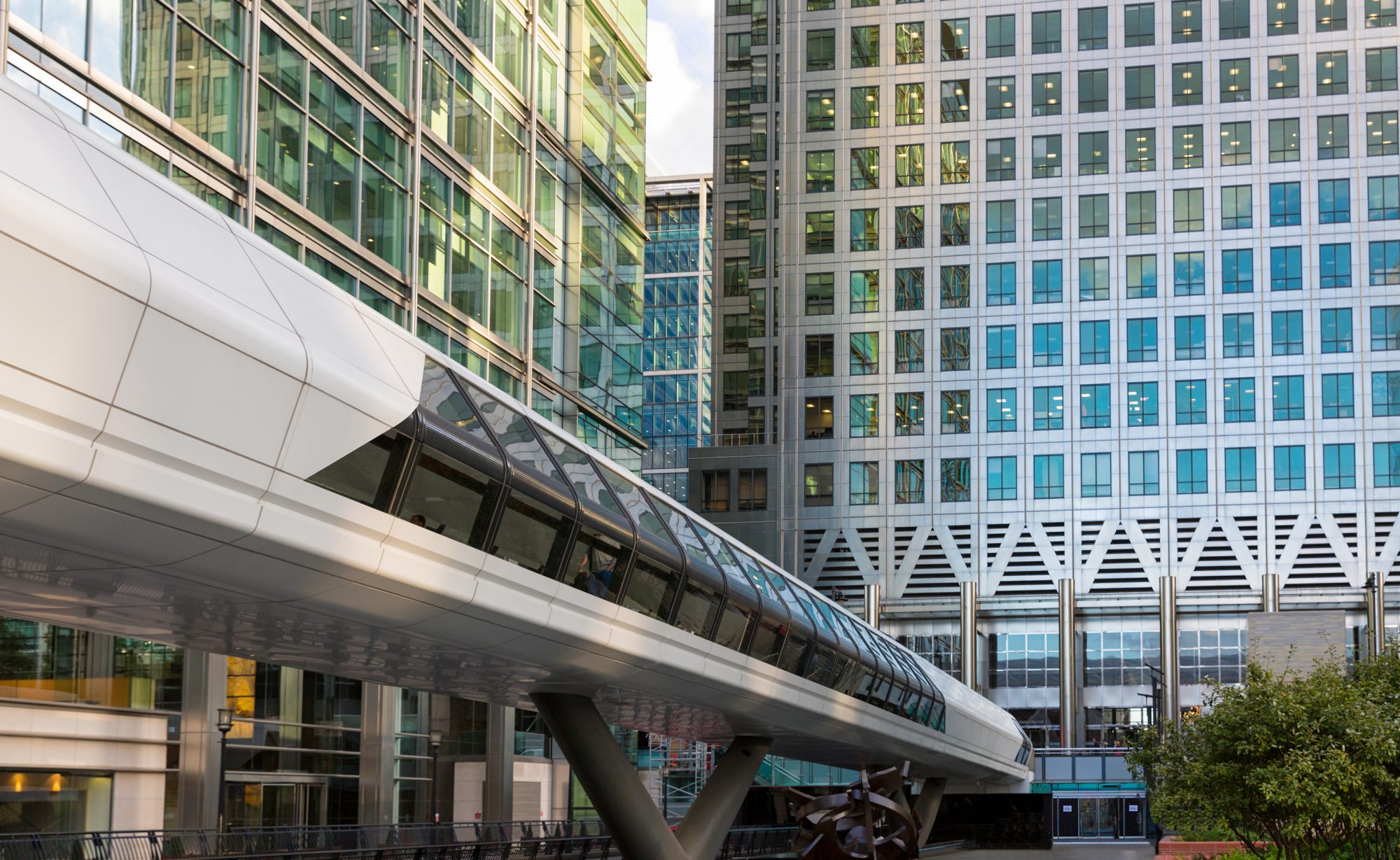The Construction Innovation Hub’s focus on innovation is central to the delivery of the Transforming Infrastructure Performance Roadmap to 2030 against a backdrop of an ever-increasing digitalised and technologically advanced built environment, writes impact director David Philp
Transforming Infrastructure Performance (TIP) and its Roadmap to 2030 is well aligned with Our Vision for the Built Environment published in April by a consortium of more than 75 industry leaders and endorsed by more than 35 cross-industry bodies spanning the UK built environment sector, including the Construction Innovation Hub.
Both have, at their heart, a system-of-systems approach and a focus on the services that infrastructure provides and they set out the future we want: a built environment model with the explicit purpose of enabling people and nature to flourish together for generations.
Digital tools and guidance
The Hub programme, its digital tools and guidance, will support the TIP’s Roadmap to 2030, where we leverage innovative modern digital approaches, consistent data and technologies to achieve better and more sustainable outcomes aligned with strategic priorities such as net zero targets.
At the Hub, we are especially delighted to see the inclusion of the new Information Management Mandate (IMM) within the TIP Roadmap. Working together with the Centre for Digital Built Britain (CDBB) as a partner, the Hub will work with BSI and the UK BIM Alliance to coordinate and embed awareness of the requirements of the UK BIM Framework.
This new mandate, which is applicable immediately, sets out a range of requirements for centrally procuring government projects and will accelerate the shift from BIM Level 2 towards the ISO 19650 series and its focus on better, more security-minded information management, especially in defining information requirements and then consistently procuring and managing information through the whole-life of infrastructure assets.
This will allow the UK to maintain its position as a global leader in delivering value to clients and projects through the use and management of built environment information. The implementation of BIM across government projects, from delivery through operational handover, facilitated by the adoption of Government Soft Landings (GSL), has resulted in greater collaboration, productivity and efficiency in the design and delivery of construction projects delivering both social and economic infrastructure. This is another area where the Hub has been supporting many departments across the home nations with the provision of bespoke GSL toolkits and guidance.
Building on this digital approach, the Hub’s digital estate framework can help organisations deliver on the roadmap’s “Focus area 5: Optimising the performance of our existing built environment” through our information management-led approach to retained legacy estate.
The Transforming Infrastructure Performance action plan also encourages platform delivery models and the Hub’s platform construction system (PCS) is already developing a common ruleset and interface promoted in the TIP, through which the repeatable elements of the built environment can be coordinated and will set the framework for, and inform the development of, platforms and the configuration of different “kits of parts”.
Construction quality planning
We have already started to redefine how quality is managed in the backdrop of manufacturing processes through our Construction Quality Planning methodology to leverage the benefits that the TIP Roadmap promotes. We are supporting automated compliance checking and demonstration of Construction Quality Planning process and Digital Compliance verification as highlighted in the TIP Roadmap.
As we modernise our approaches, we also need to reconsider value and how it can be best defined and measured. Each project or programme will have its own unique Value Profile – a shape that sets out the Value Drivers for that client, for that project, in that location.
The Hub’s Value Toolkit recognises the interconnectedness of capitals such as the natural built environment highlighted in the TIP Roadmap and provides a practical method of defining a project outcome value profile for calculating and comparatively assessing the value of the potential improved outcomes from an investment.
Furthermore, the Hub’s Line of Sight asset management methodology will help organisations develop Organisational Information Requirements that align to their organisational objectives through data-driven decisions, supporting the TIP Roadmap Information Management Mandate and alignment with outcomes that maintain the right balance, especially with regards impact on the natural environment.
Through our LEXiCON project, the Hub is also supporting the TIP Roadmap to 2030’s call for digitised product information mapped to strategic value drivers and, linked through digital models, further underlining our ethos of collaboration and support as we build back better.
I personally believe that the Transforming Infrastructure Performance roadmap to 2030 is a real trigger for change in our built environment. Not only does it establish a vision of where we prioritise the societal outcomes and the environmental safeguards and benefits that we need, but it also establishes a practical roadmap and call to action aligned to and supported by the Hub and its key projects.
David Philp 
Impact director
Construction Innovation Hub
www.constructioninnovationhub.org.uk
Twitter: @CIH_HUB
LinkedIn: Construction Innovation Hub
YouTube: Construction Innovation Hub














